A preventive excavation carried out in the center of a former seigneury of the Plantagenêt empire has unearthed a number of testimonies of daily life in this former harbor on the ocean.
From the archeology of the coast, five kilometers from the seafront. In the hinterland of Sables-d'Olonne, in Talmont-Saint-Hilaire, stand the remains of a proud fortified castle built from the XIe century. Converted under the Reformation into a Protestant fortress then dismantled in 1628, under the aegis of Richelieu, the beautiful fortress is admired each year by a few thousand visitors. Tourists tempted by the ascent of this Vendée citadel abandon their cars in a car park nestled at the foot of the castle elevation. But how many know that more than five centuries ago, the most cosmopolitan luggage already docked at the stronghold of Talmont? Transported, not by carriage or on horseback, but by boat. And to a port instead of the parking lot.
Located at the marshy confluence of the streams and rivers of Bas-Poitou, Talmont-Saint-Hilaire opened up to the Atlantic. Mentioned by written sources and attested by the presence of a long channel which still undulates in the middle of the Veillon ponds, the old Talmondais port has long escaped the curiosity of researchers. Until it finally reappears in the eyes of the world, thanks to a preventive archeology operation carried out by the National Institute for Preventive Archaeological Research (Inrap).
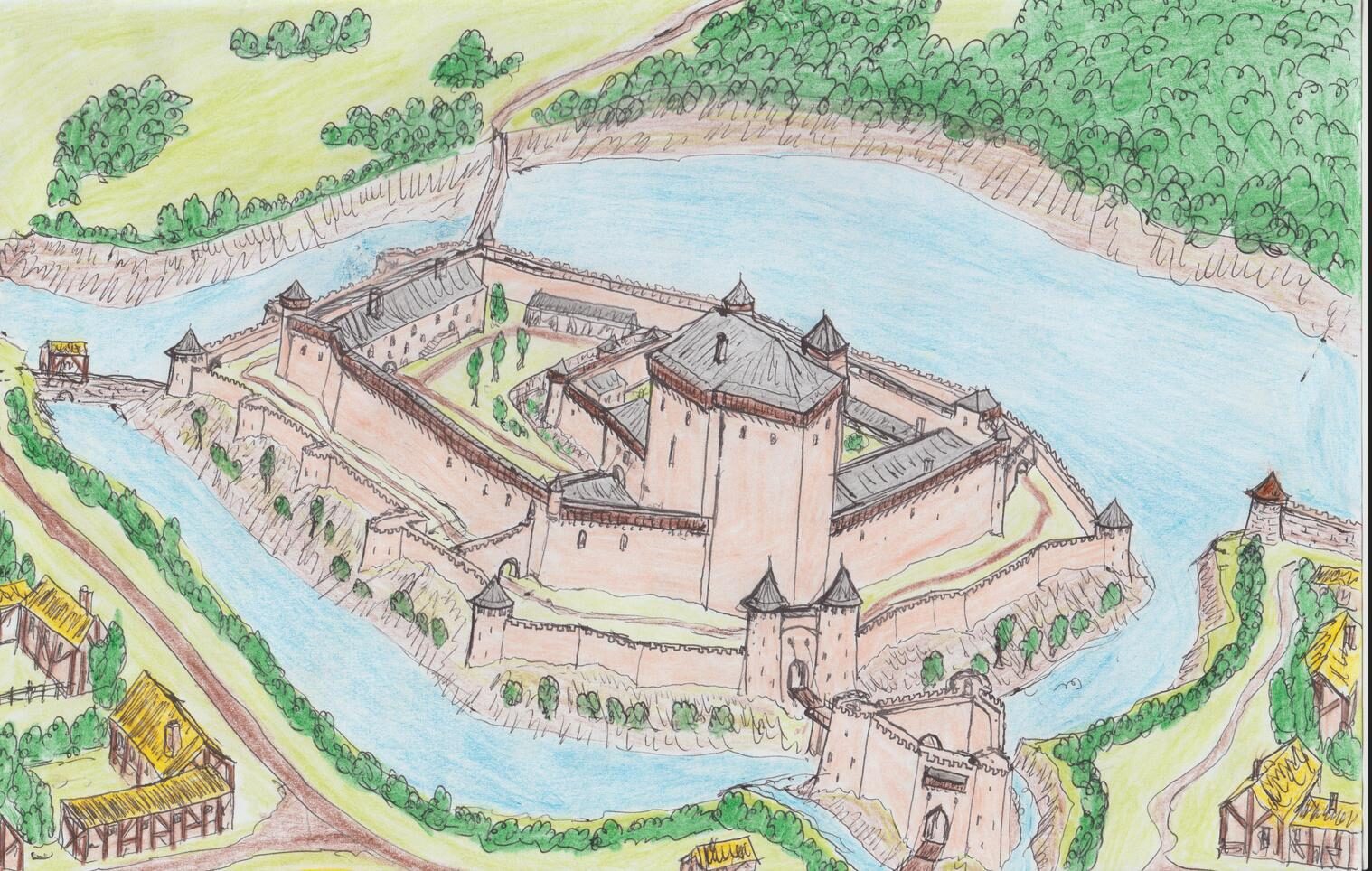
Just completed after three months of excavation, the 2,500 m2 unearthed the masonry docks of the old medieval port. Of a consequent size, its total extent exceeded the surface of the operation. "The site had a complex hydraulic system linked to the castle which still escapes us", specifies the archaeologist and scientific manager of the site Stéphane Augry. In addition to the port, a network of channels, small canals and a mill extended around the castle. This system had to deal with the tide, which extended its caresses twice a day to the roots of the rocky mound, above which today swarms of jackdaw flies.
As archaeologists have observed, the port area underwent major redevelopments during the 12th century.e - XIIIe centuries in order to accommodate barges and other flat-bottomed vessels in the best conditions. So many means of transport that once shuttled between Talmont-Saint-Hilaire and the bay of Cayola, where a port for unloading ocean-going ships was established, since the 12the century at least.
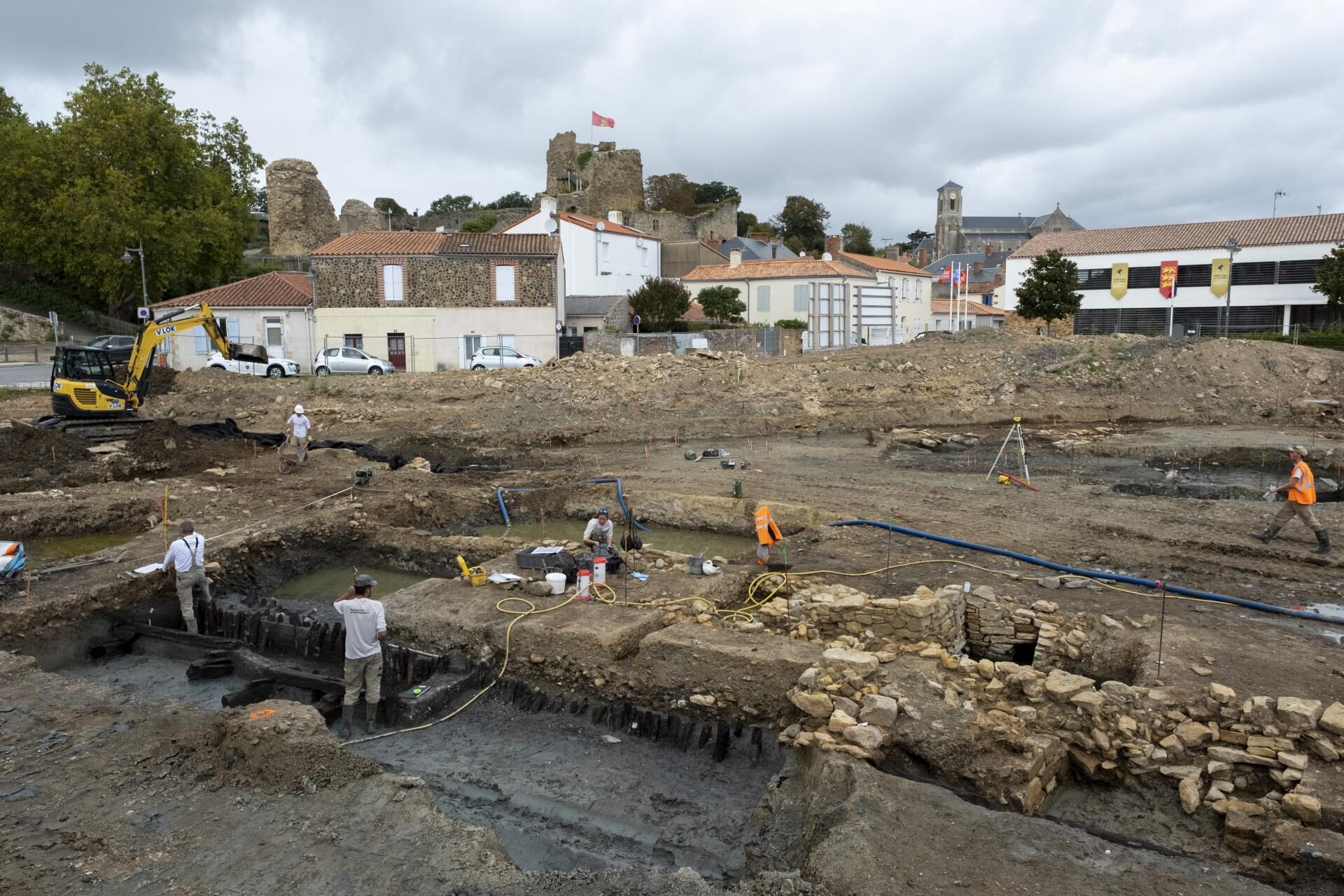
These cargoes had not accidentally fallen into the water. Until its abandonment at the time of the dismantling of the castle, the port served as a more or less occasional dumping ground for the inhabitants of the medieval village of Talmont-Saint-Hilaire. Fishing weights, monetary tokens, about fifty leather objects, including a tidy shoe with a hole, various household remains or food scraps - especially crab - and even rejects from latrines. An entire section of the daily life of the Talmondais in the Middle Ages should be combed through by specialists in organic remains. "It is a window on medieval times, a real database that will allow us to study in particular the impact of human activities on the environment", stresses Stéphane Augry.
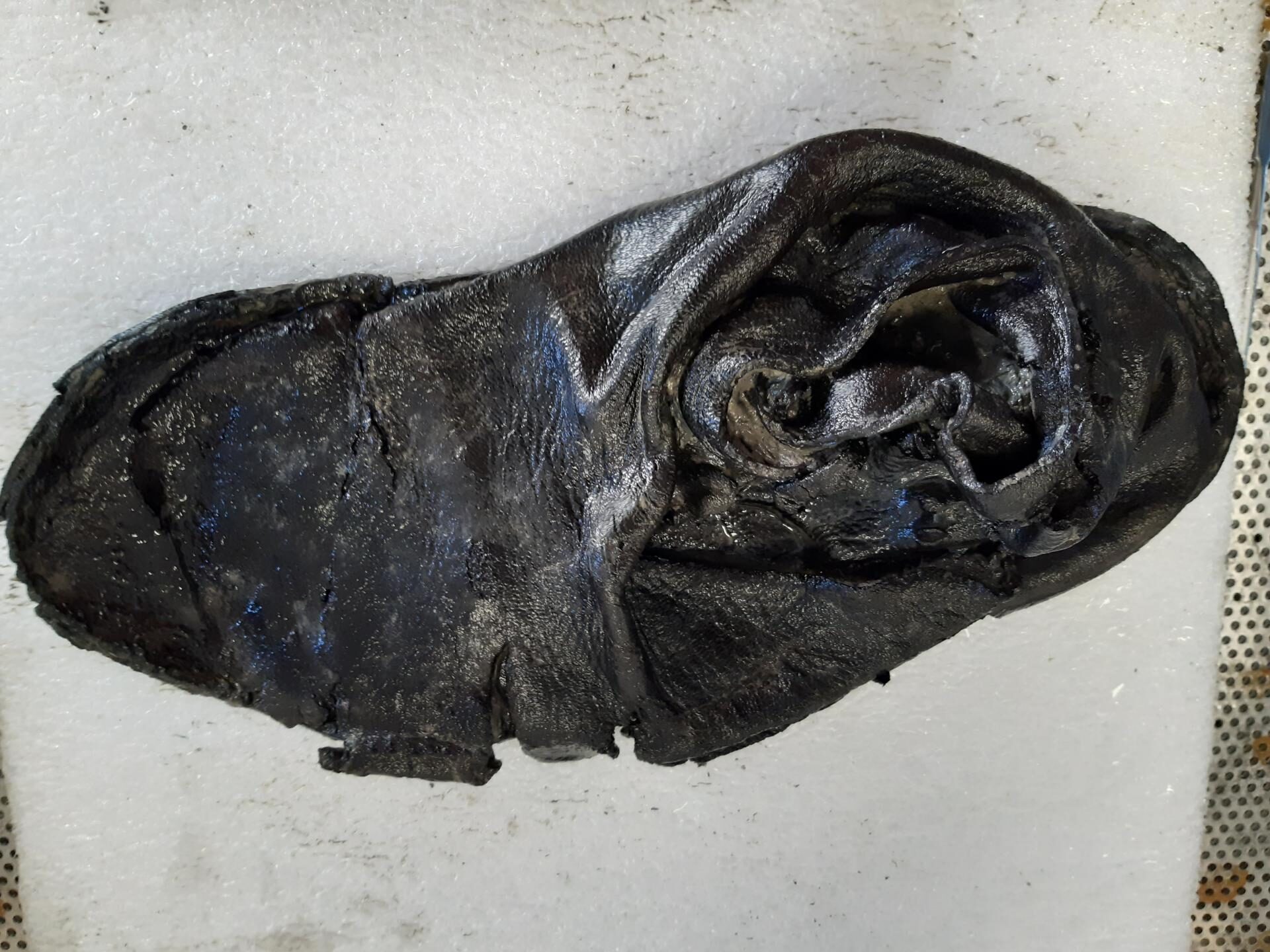
Touch of historic wood
"At first we thought they were stilts, foundation piles for the stone quay, but we quickly understood that they were in fact previous structures", says Stéphane Augry. Piles, beams, sand pits, a floor system and even small footbridges thrown over the secondary channels: the wetland of the area, similar to that of peat bogs, had preserved everything in remarkable condition. "The wood is in an impressive state of freshness, observes archaeologist Pierre Péfau, one of the xylologists (wood specialists) associated with the site with Frédéric Épaud and Vincent Bernard. If we sold a piece today and left it outside for a few months, its level of preservation will be less good than that of the remains that we have discovered. "
The good state of conservation of this first phase of the port of Talmont-Saint-Hilaire has yielded numerous samples likely to be dated by dendrochronology, that is to say by the study of wood rings. The analyzes should make it possible to specify the year and the season of the tree felling and archaeologists are hopeful of measuring the dynamics of the reuse of these materials. The era is indeed marked by "A scarcity of timber, with increasingly sparse forests", according to Pierre Péfau. Finally, new details concerning carpentry techniques could also be highlighted, some beams having kept a memory of the work of medieval craftsmen. "One of the pieces has kept traces of stitching, traced with a metal point by the carpenters", specifies Pierre Péfau.
This piece of the heritage of Talmont-Saint-Hilaire transports with joy and pride the inhabitants who attended a presentation of the excavations of Inrap Thursday evening. An enthusiasm tinged with bitterness since the site will eventually disappear under the new headquarters of the community of municipalities. The stoppage of the site and the destruction of the remains not collected will not however mark the end of the work at Talmont-Saint-Hilaire. The castle will continue to be the subject of scheduled excavations carried out by the Center for Higher Studies of Medieval Civilization (CESCM) of the University of Poitiers and the School of Charters, while the Center for Research in Archeology, Archeosciences , Histoire (CReAAH) and the University of Nantes will continue their work on the Atlantic seaboard. So many research programs that will lead, no doubt, the study of medieval Talmont to port.
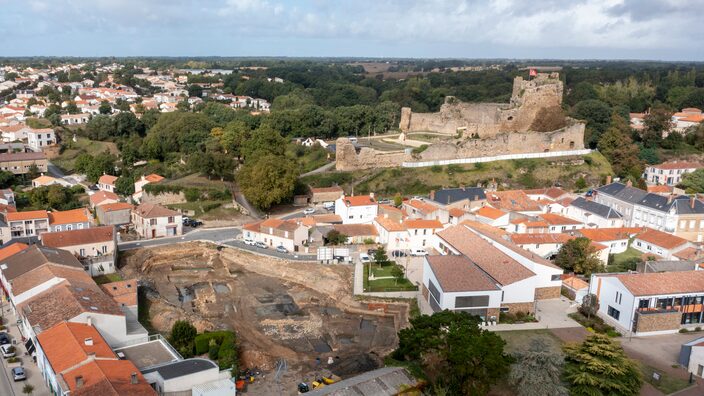
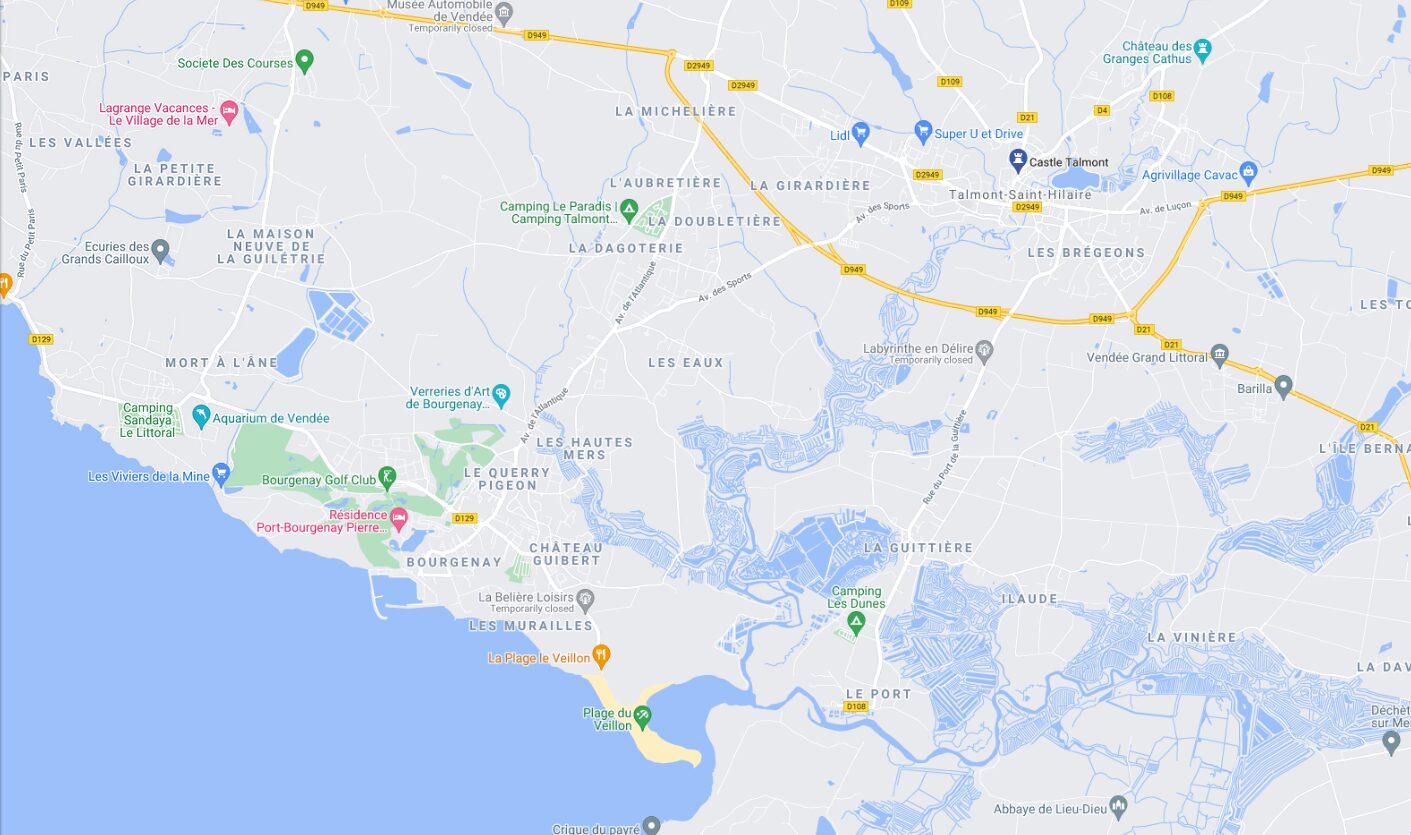
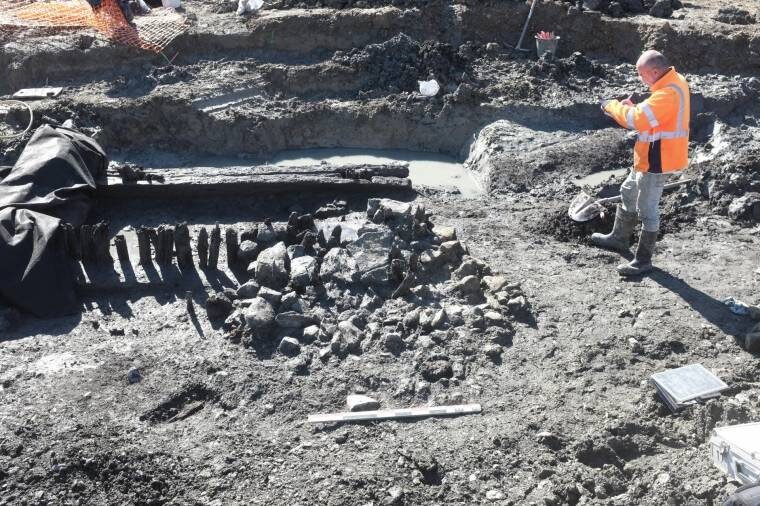
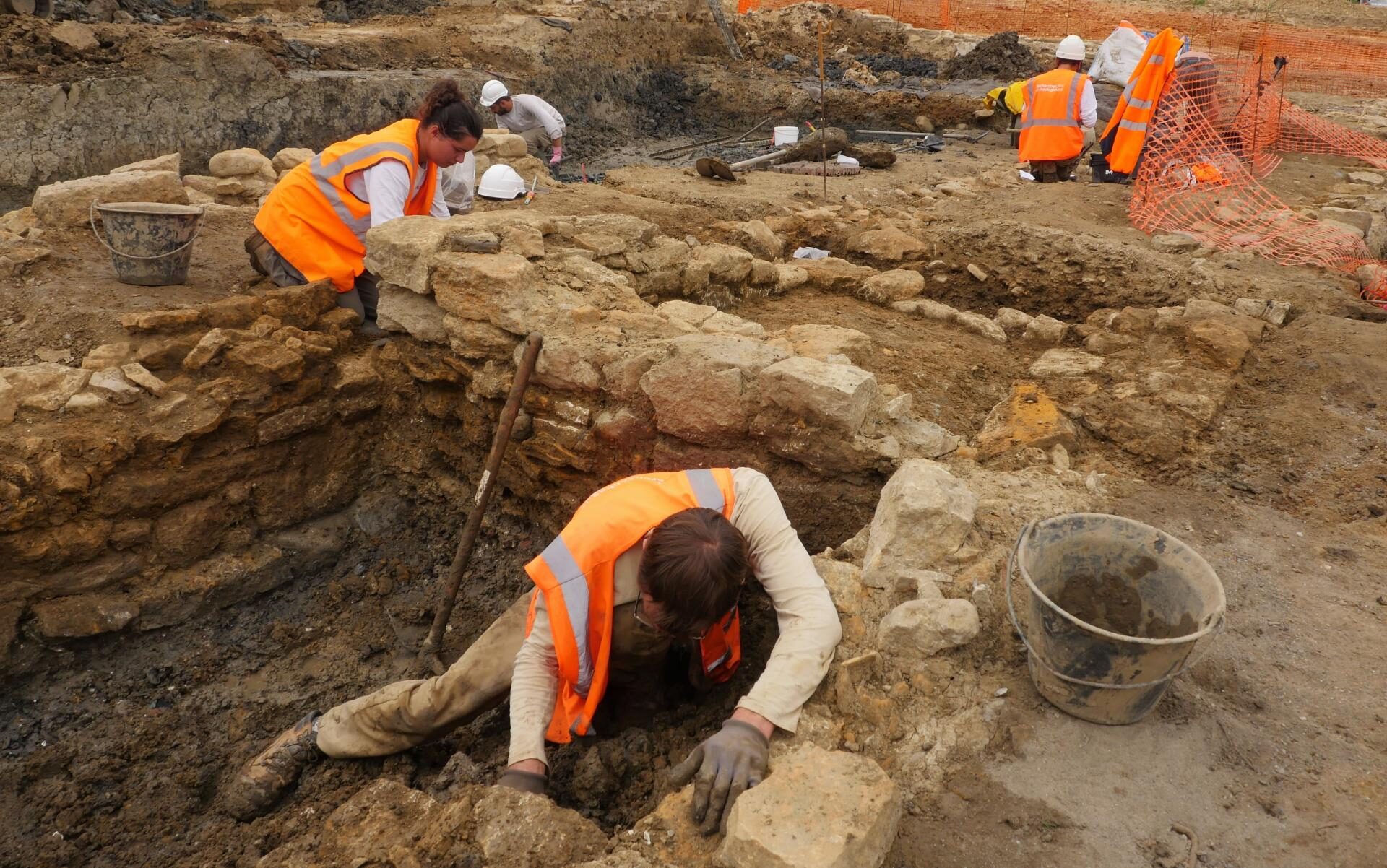



Authorities extend this punitive hand of time in which to dig, record and remove historical artifacts before they pour down their tarmac and seal any further chance of understanding the past.